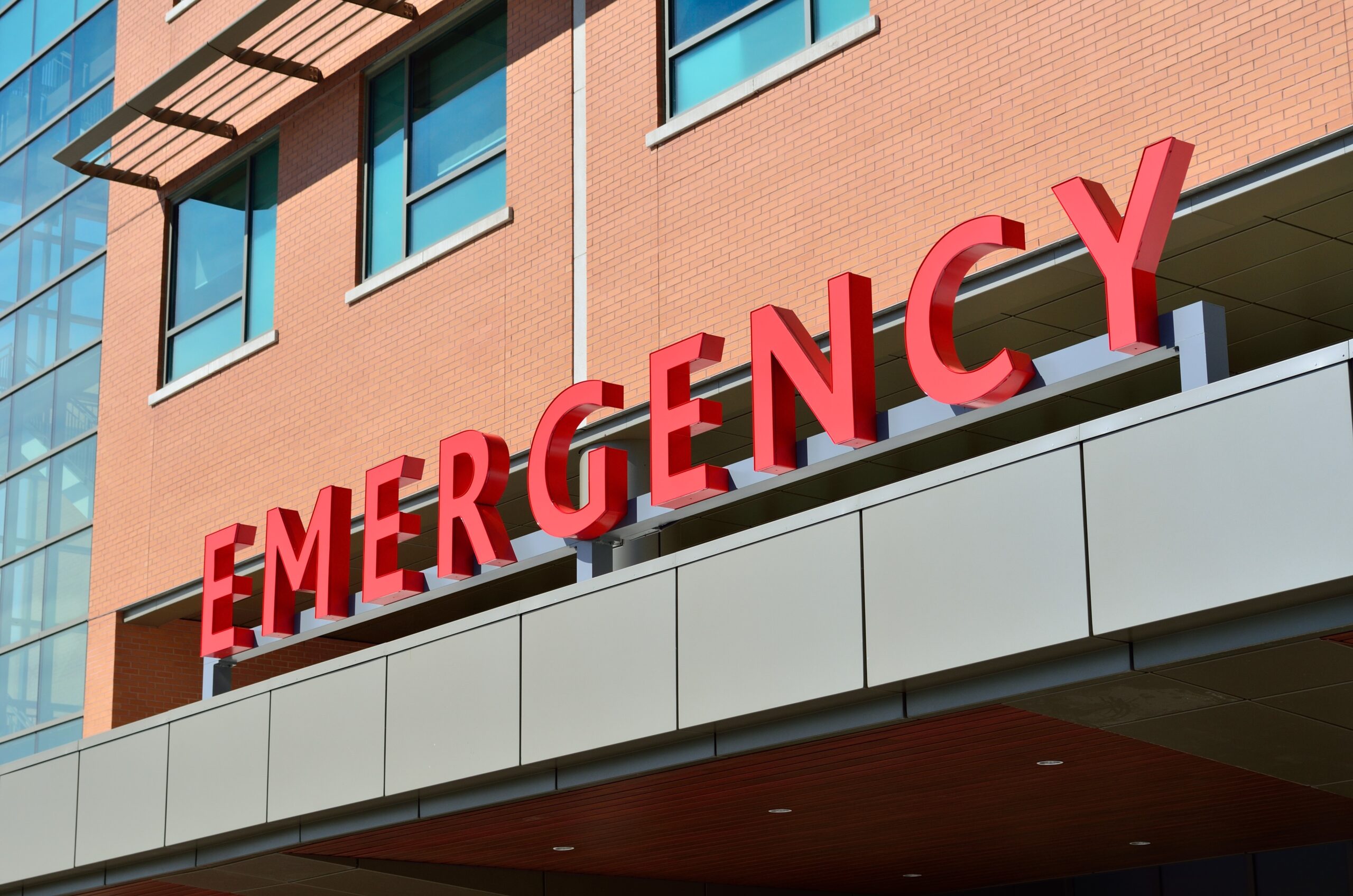A Tampa Bay resident, Donnie Adams, has miraculously survived an encounter with a flesh-eating bacterial infection that was deteriorating tissue in his leg. His survival has been attributed to prompt medical intervention, his resilience, and the power of prayer and meditation. Adams was unfortunate to contract this virulent infection after sustaining a bite from a family member in a squabble. “What you see now, you see not just a scar, but the beauty of the aftermath,” said a relieved Adams.
Incident
Adams was attending a family event in February when an argument between two family members escalated. As he attempted to intervene, he received a bite. Post this incident, he visited a hospital to receive a tetanus shot and antibiotics, which is standard procedure in such situations. However, by the third day, his leg had become sore to the point where he could not walk due to severe pain and warmth in the area.
Emerging Complications
- Adams’ worsening infection led him to HCA Florida Pasadena Hospital in St. Petersburg, where his condition deteriorated further.
- The diagnosis? Necrotizing fasciitis, more commonly known as flesh-eating bacteria, is a bacterial condition that proliferates along the muscle sheath, causing the destruction of healthy tissue.
Surgical Intervention and Outcome
Dr. Brink performed a second surgery to excise the infected tissue from Adams’ thigh. “They assessed my wound, and it was very horrific,” Adams remembered. “It was unbelievable. But in my mind, I just had to get through whatever this was.” Dr. Brink believes that the bacteria growing in Adams’ wound originated from his skin.
If Adams had waited any longer before seeking medical attention, the outcome could have been devastating. “If I would’ve waited … until the next day after that ER second visit, there was a good chance I would’ve lost my leg,” Adams reflected. The situation could have been more severe, leading to septic shock, which can be life-threatening—a tragic event that claimed his brother’s life at the age of 47.
Words of Caution
Dr. Brink urges those with wounds to be vigilant about any signs of worsening infection, such as redness, increased pain, or warmth, and to seek immediate medical attention as Adams did. He highlighted the speed at which bacterial infections can escalate, making rapid response crucial.
Conclusion
This event serves as a reminder of the severity and speed at which bacterial infections can progress and the importance of quick medical intervention. Adams’ survival underscores the potential danger of common wounds when they are colonized by harmful bacteria. While he managed to survive, his case is a stark warning to others about the potential for everyday injuries to develop into severe, life-threatening situations.
Living With the Aftermath
Though Adams survived, the incident left him with a life-altering scar that serves as a constant reminder of his ordeal. But he perceives this not as a sign of trauma but as a mark of survival and resilience. He considers the scar as a testament to his survival and his incredible journey of recovery, underlining the beauty of life after such a terrifying experience.
Final Thoughts
In the face of potentially life-threatening situations, prompt medical attention, coupled with individual resilience and faith, can lead to survival and recovery. Adams’ story, while alarming, also inspires hope and underscores the need for awareness and caution in handling wounds and infections. Ultimately, his survival serves as a potent reminder of the triumph of human will and the advances of modern medicine. The beauty of his aftermath symbolizes not just his survival but the hope and resilience inherent in all of us, marking our capacity to overcome even the most daunting of challenges.










